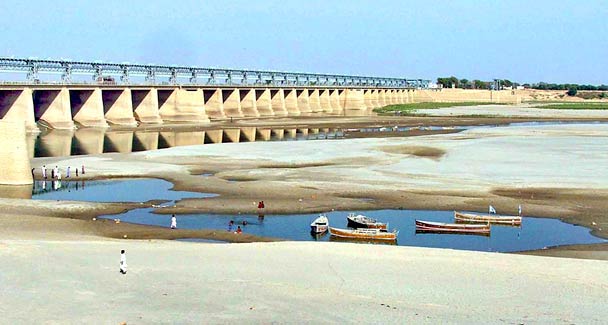Pakistan has been grappling with a severe water crisis that has far-reaching implications for its people, economy, and environment. This crisis has not only raised concerns on a national level but has also captured the attention of global stakeholders due to its multifaceted nature and far-reaching consequences. In this article, we delve into the intricate details of the water crisis in Pakistan, shedding light on its origins, its impact, and the legislative efforts taken by the Pakistani government to address this critical issue.
The Alarming Statistics
The statistics surrounding the water crisis in Pakistan are staggering. The country is facing a rapidly declining water availability per capita, which is well below the global average. According to a recent report by the Pakistan Council of Research in Water Resources (PCRWR), Pakistan’s annual per capita water availability has plummeted to a mere 908 cubic meters. This is significantly lower than the recommended level set by the United Nations, raising serious concerns about the sustainability of water resources.
Agricultural Dependency and Imbalanced Distribution
One of the primary drivers of the water crisis is Pakistan’s heavy reliance on agriculture, which consumes a substantial portion of the available water. The country’s agricultural sector accounts for around 90% of its total water usage, leaving limited resources for other sectors. Additionally, the distribution of water resources within Pakistan is highly imbalanced, with the Indus River system being the primary source of freshwater. This uneven distribution exacerbates water scarcity in certain regions while leading to flooding in others during the monsoon season.
Environmental and Economic Ramifications
The water crisis in Pakistan has profound environmental and economic consequences. Reduced water availability directly affects crop yields, resulting in lower agricultural productivity and potential food insecurity. Furthermore, industries that depend on water, such as textiles and manufacturing, face operational challenges, leading to economic setbacks.
Ecological Degradation and Health Risks
As water scarcity intensifies, ecosystems face degradation, endangering the delicate balance of biodiversity. Moreover, the limited water supply often leads to the excessive use of groundwater, causing land subsidence and contamination. This, in turn, poses health risks to the population due to the consumption of polluted water. Legislative Initiatives and Policy Frameworks Recognizing the gravity of the water crisis, the Pakistani government has taken several legislative and policymeasures to address the issue comprehensively. The Water Policy of 2018 is a landmark initiative that aims to ensure the efficient utilization of water resources and improve water governance. The policy emphasizes the need for integrated water management, infrastructure development, and community participation.
Indus River System Authority (IRSA) and Water Allocation
The Indus River System Authority (IRSA) plays a pivotal role in regulating the distribution of water resources among the provinces of Pakistan. The Water Apportionment Accord of 1991 outlines the criteria for water allocation among the provinces, promoting equitable distribution and preventing inter-provincial conflicts.
The Way Forward
While legislative efforts are underway, tackling the water crisis in Pakistan requires a concerted and collective approach. Promoting water conservation practices, investing in water-efficient technologies, and raising awareness among the masses about the importance of water are crucial steps in the right direction.
Sustainable Agriculture Practices
Encouraging farmers to adopt sustainable agricultural practices, such as drip irrigation and crop rotation, can significantly reduce water wastage. Government subsidies and support can incentivize farmers to embrace these techniques, ultimately contributing to water conservation.
Public Awareness Campaigns
Raising public awareness about the implications of the water crisis is imperative. Government bodies, NGOs, and media outlets can collaborate to launch educational campaigns that enlighten the population about water conservation strategies, pollution prevention, and the efficient use of water in daily life.


